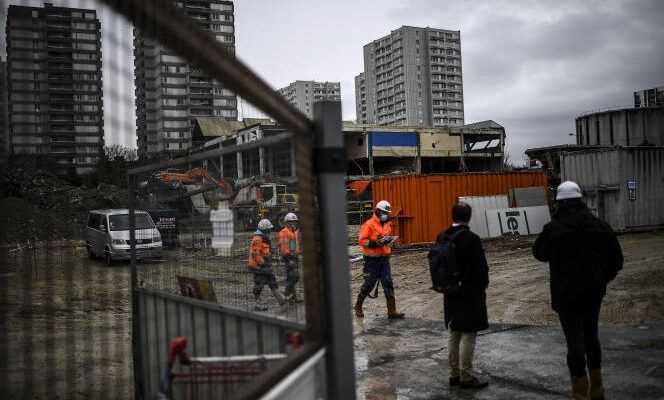Despite the economic crisis, the most violent since the last war, the feared “wave” of bankruptcies in 2020 has not materialized. Their number has even experienced a historically low drop of 38%, with only 31,500 companies filing for bankruptcy. A decline due to emergency and support measures put in place by the government, to loans guaranteed by the State (PGE) and to the partial unemployment scheme.
But, as the credit insurer Coface reminds us in a note published on March 23, “This paradox suggests that there are missing failures”, non-viable companies whose survival is linked only to public aid. France has, according to projections, 22,000 companies in this situation, whose bankruptcy should “Gradually materialize by 2022”. The difficulties will appear with the end of aid, but also when all economic sectors return to normal, explains economist Bruno de Moura Fernandes, because the resumption of activity requires additional expenditure which will affect cash flow. of these dwellers.
It is likely that these bankruptcies will not take the form of a wave, but rather will occur over a long period. “It is in fact assumed that the aid will be withdrawn gradually and gradually”, adds M. de Moura Fernandes. “In addition, surveys show that companies, especially SMEs, do not plan to repay EMPs in advance, but rather want to spread repayments as much as possible. There will therefore doubtless be no sudden shock to corporate cash flow, but a widespread increase in insolvencies. “ It is especially during the first quarter of 2022 that they should appear, according to the expert. Their materialization, above all, will be “Directly correlated with the speed with which the restrictive measures will come to an end” -, which itself derives from the speed of vaccination campaigns.
“There will therefore probably be no sudden shock to corporate cash flow, but a spread increase in insolvencies”, Bruno de Moura Fernandes, economist at Coface
According to Coface, it is the construction sector that is most affected by these “missing” failures. Another paradox, when the construction industry has regained its pre-crisis level of activity at the end of 2020. However, no less than 8,600 construction companies are said to be on borrowed time today. This is explained by the fact that bankruptcies are structurally much more frequent in this sector in normal times: construction usually accounts for 26% of insolvencies in France. In addition, given precisely the fact that they were able to quickly return to a normal level of activity, these companies “Received little aid”, specifies Mr. de Moura Fernandes.
You have 15.22% of this article left to read. The rest is for subscribers only.
